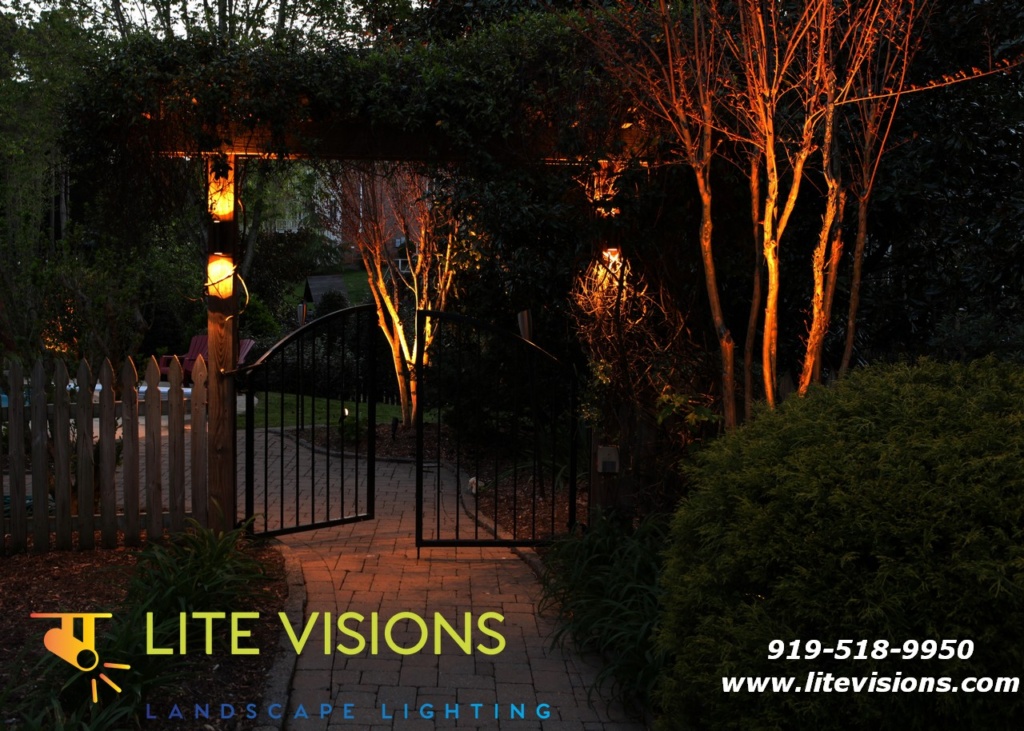. Here are a few outdoor landscape lighting techniques we use at Lite Visions Landscape Lighting for developing distinctive and functional designs to put your property in the best light when the sun sets.
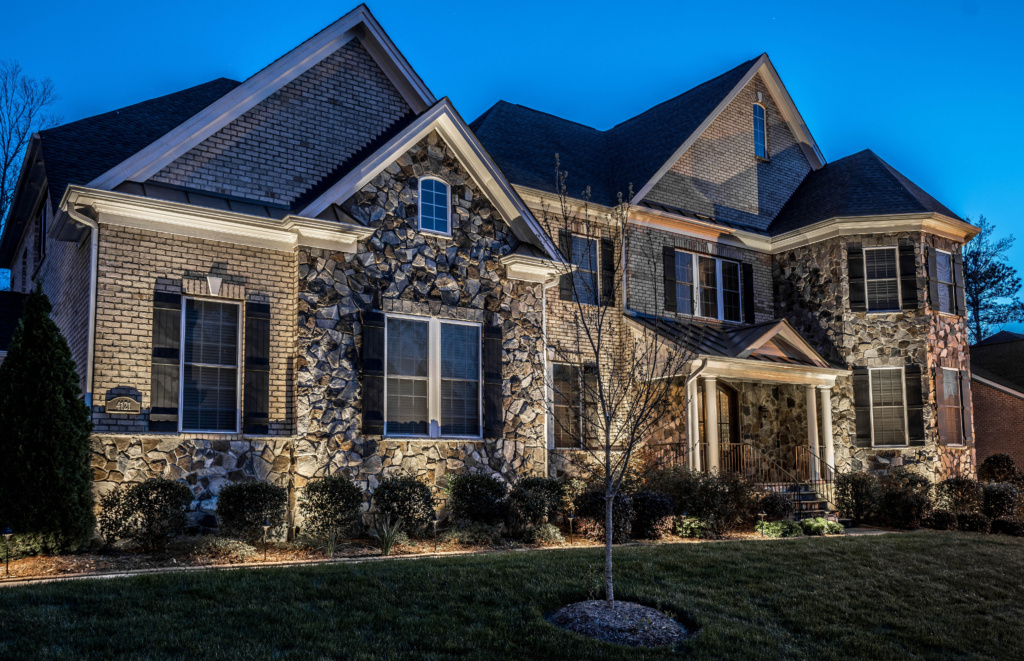
Up-Lighting – Offering a greater contrast effect than typical wall-washing with floodlights, Lighting fixtures are placed closer to a building for a bolder effect. The goal is to focus guest’s attention to the most beautiful or intriguing parts of your landscape. This may relate to the architectural features of your home or, features in the landscape such as trees, statues, or fountains.

Silhouetting – By placing a fixture behind the feature, aimed towards an adjacent wall, you can create an illuminated backdrop. This landscape lighting technique creates intrigue by using lighting to make interesting outlines or profiles of features. Similar to up-lighting, spotlights and well lights work best to create these dramatic shapes.
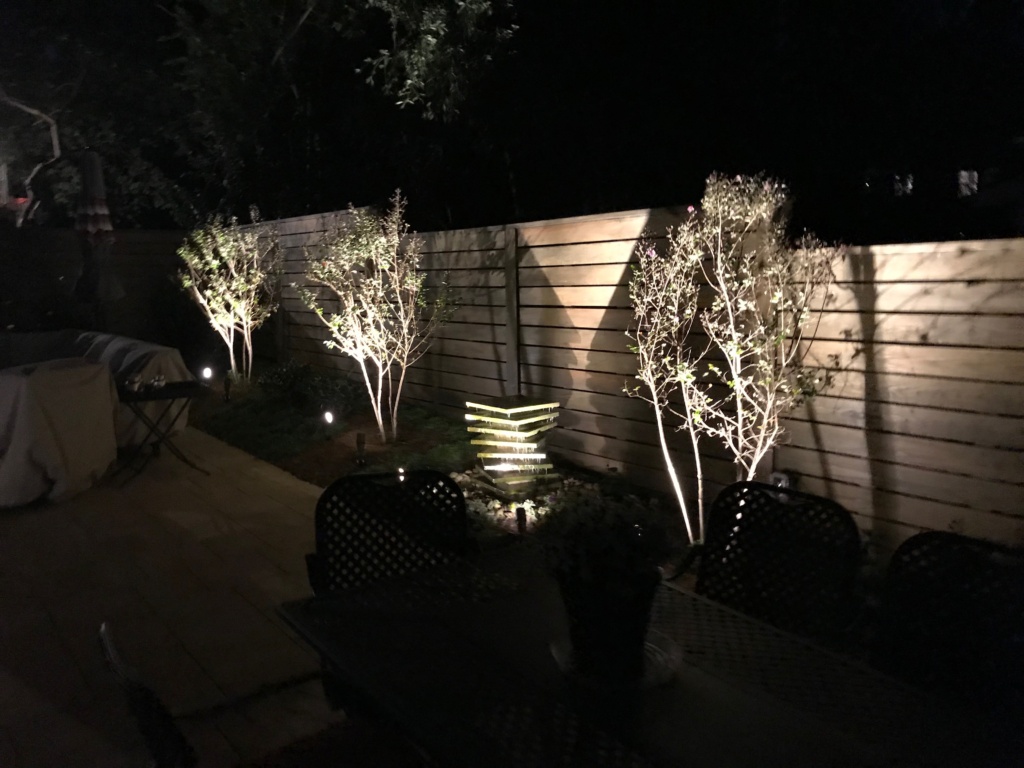
Shadowing – A similar technique to silhouetting, shadowing also places the fixture towards the base of the feature, aimed towards an adjacent wall. However, the goal is to create a softer shadow, and often works best with a tree that has open, delicate foliage. The effect of the tree’s movement in the wind is sure to add drama to any home facade. Spotlights, well lights, and floodlights can help you achieve this effect.
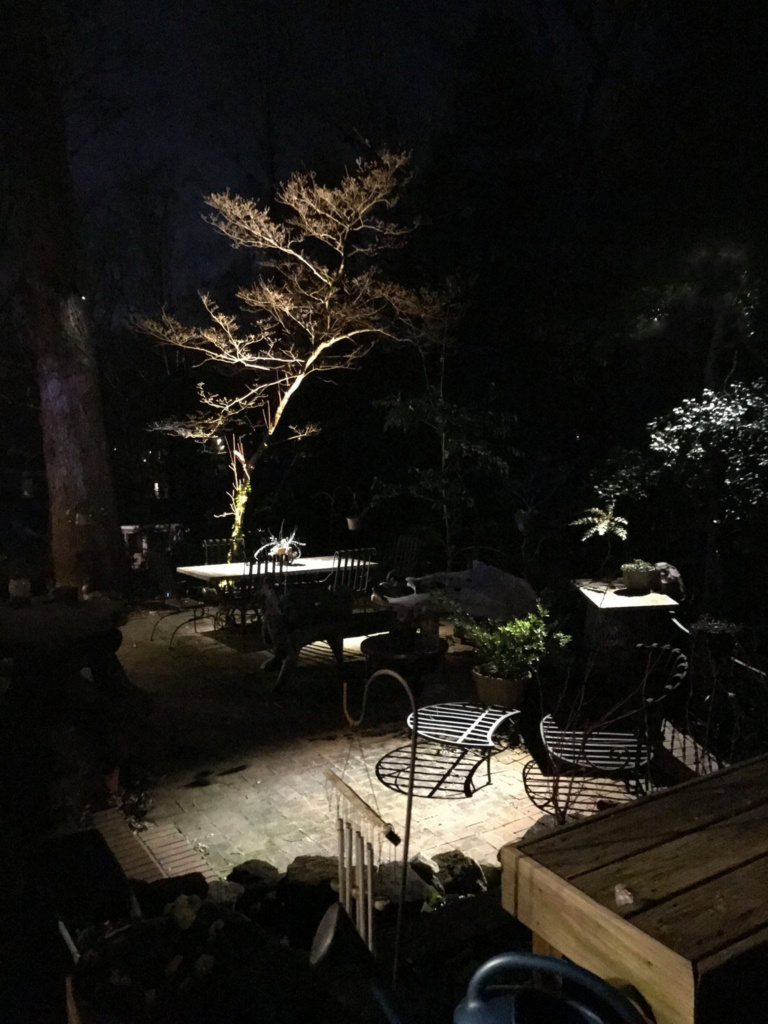
Moonlighting – Create moonlighting techniques by placing a downlight fixture with a full glare guard high up inside a tree and angled downwards. This effect looks like moonlight shining down through the branches. It causes attractive shadow patterns on the ground to appear, plus it provides a very natural and beautiful lighting effect. This effect works best with open-branched trees.
Downlighting – The down-lighting technique is similar to the moonlighting technique, although brighter and less subtle. Place a fixture high up, inside a feature like a trellis, tree, or eave, and cast downwards over a large area. Place the light higher if you intend to illuminate a large portion of the yard, and lower if you wish to illuminate a path or garden.
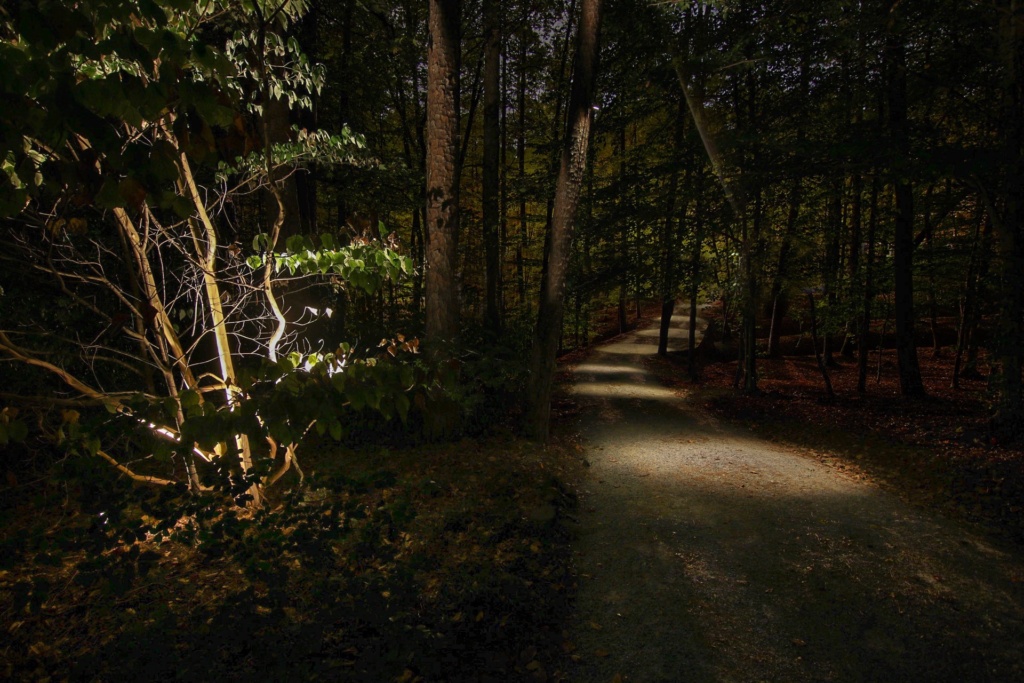
Allow Lite Visions the outdoor lighting experts to help you figure out what outdoor lighting techniques work best for your home and property
